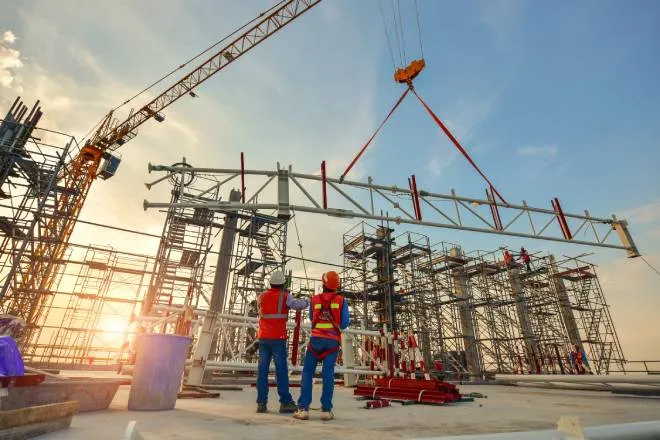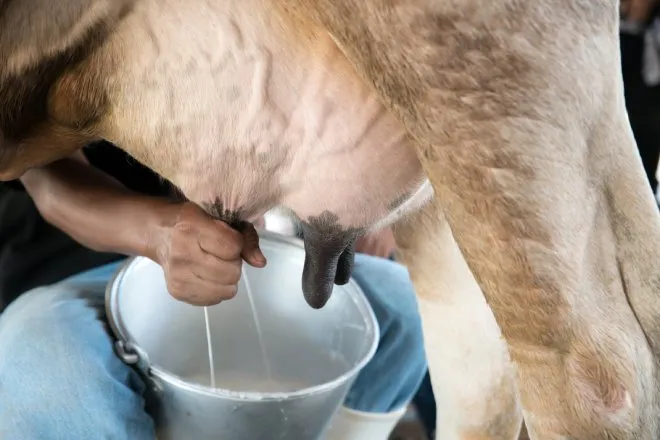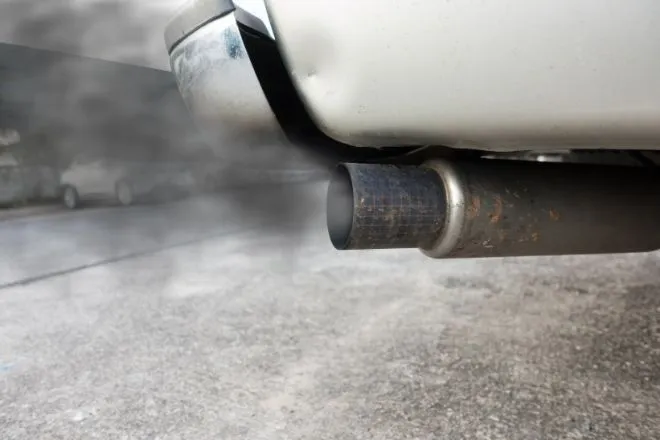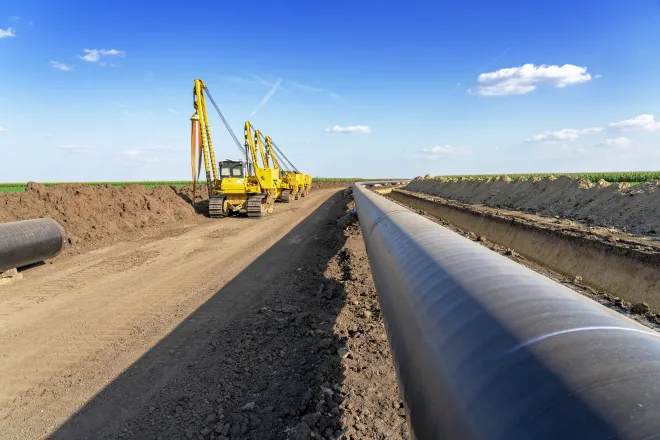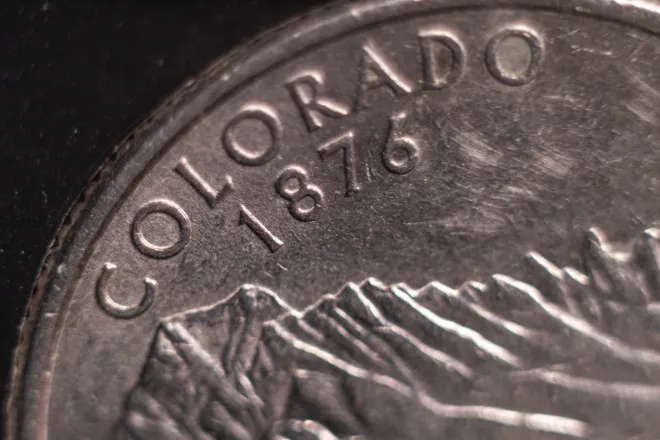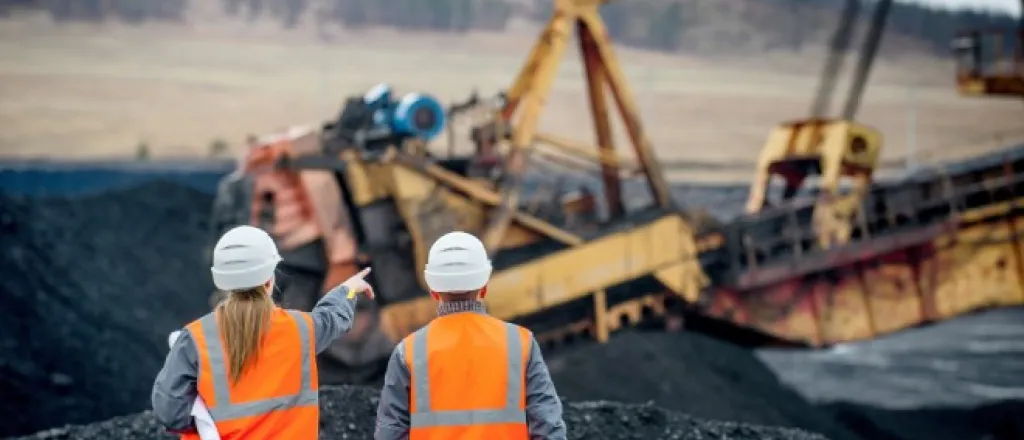
Choosing the Right Metal for High-Wear Applications
©
Your equipment takes a beating every day. Rocks grind against mining drills. Soil scrapes across plow blades. Corrosive chemicals eat away at pump components. When metal parts fail in these harsh conditions, it’s costly to your operations and delays projects.
Choosing the right metal for high-wear applications is the difference between equipment that lasts years versus parts that need constant replacement. Fortunately, you don’t need a metallurgy degree to make proper material choices. Let’s explore what you should know.
Start With Your Operating Environment
Your first step involves examining where your equipment works. Mining operations deal with abrasive rock dust and impact forces. Agricultural machinery faces moisture, soil chemicals, and constant friction. Energy production equipment encounters corrosive fluids and extreme temperatures.
Each environment demands specific metal properties. For example:
- Abrasive conditions call for hardness.
- Wet environments need corrosion resistance.
- High-impact applications require toughness that won’t crack.
Match Metal Properties to Your Needs
Some metals excel at a better rate in a particular situation. Carbon steel offers excellent hardness but rusts easily. Stainless steel resists corrosion but may wear faster under heavy abrasion. Aluminum bronze provides corrosion resistance and moderate hardness.
Consider heat treatment effects on C64200 performance when selecting aluminum bronze alloys. Heat treatment can improve hardness and wear resistance, making this alloy ideal for pump impellers and bushings in drilling operations.
Consider Hardness vs. Toughness Trade-offs
Here’s where many people get confused. Hardness resists wear but can make metals brittle. Toughness prevents cracking, but the surface may wear more. You must balance these properties based on your specific application.
For example, mining crushers require materials with maximum hardness to withstand constant abrasion from crushing hard rocks. Without this property, the equipment would wear down quickly, leading to inefficiency and high-maintenance costs.
Agricultural plows are a great example of where hardness and toughness come into play. They need to cut through rocky soil without deforming (thanks to hardness) but also need enough flexibility to avoid snapping under pressure (a sign of good toughness).
Factor in Cost and Availability
For business owners, balancing cost and availability determines which materials you get your hands on. Common options, such as standard carbon steels, are affordable and easy to source, making them a practical choice for many industries. However, you should factor in the total cost of ownership to make the most cost-effective decision.
Sometimes paying more upfront saves money long-term. Other times, cheaper materials that you replace regularly make more financial sense.
Test Before You Commit
Small-scale testing can help you choose the right high-wear metal. Order sample pieces and test them in actual operating conditions. Monitor wear rates, crack formation, and corrosion over several weeks or months. Success comes from matching metal properties to your specific application.
When you have the proper materials and equipment, workers execute operations safely. In addition, companies can decrease their carbon footprint through resource management. Implement effective changes to your business today.




